site search
online catalog
CIVIL WAR COMMODORE’S UNDRESS FROCK COAT OF SILAS H. STRINGHAM, USN: LEADER OF THE FIRST COMBINED OPERATION OF THE UNION NAVY AND ARMY IN THE CIVIL WAR; VICTOR OF THE BATTLE OF HATTERAS INLET BATTERIES
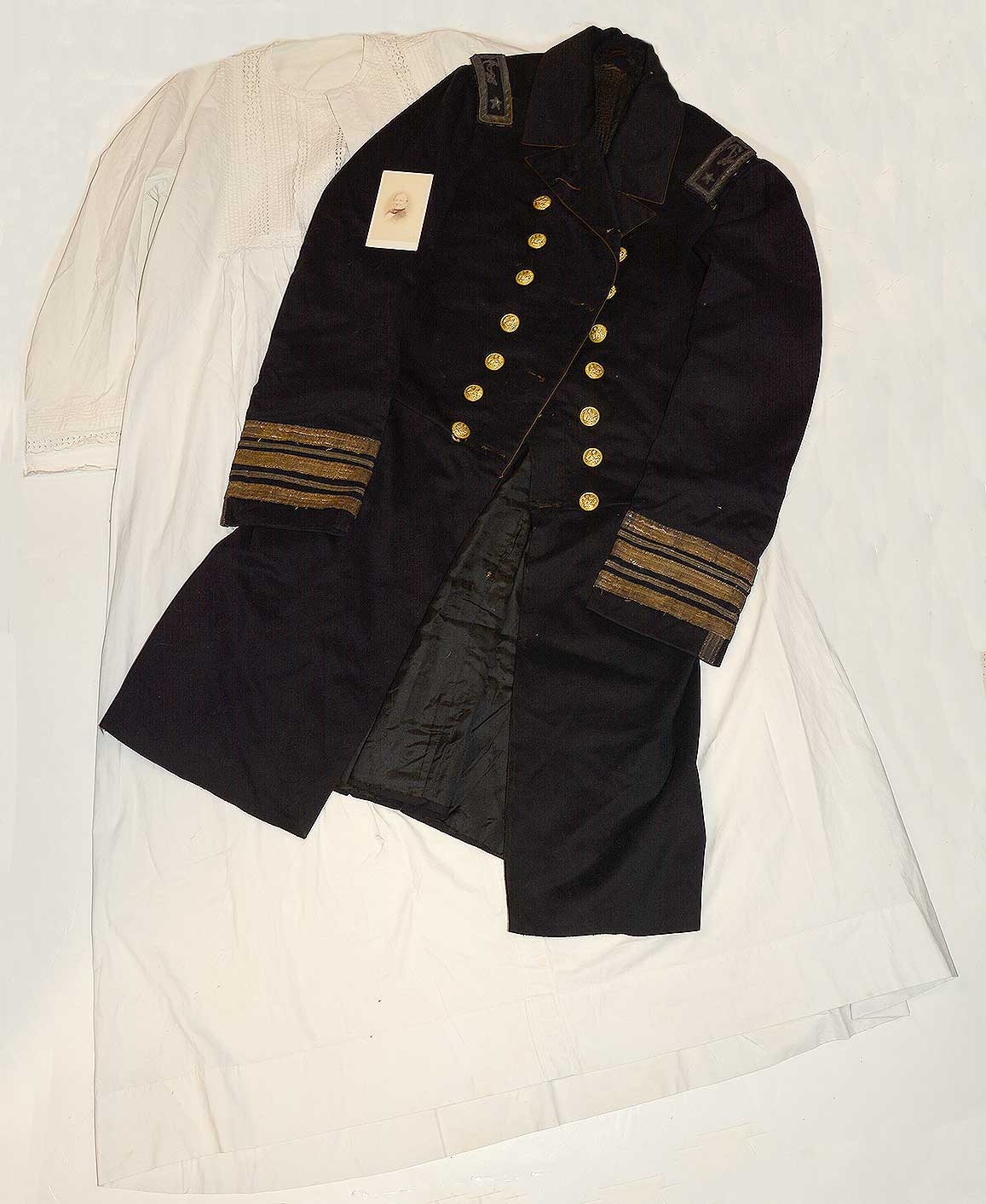
Hover to zoom

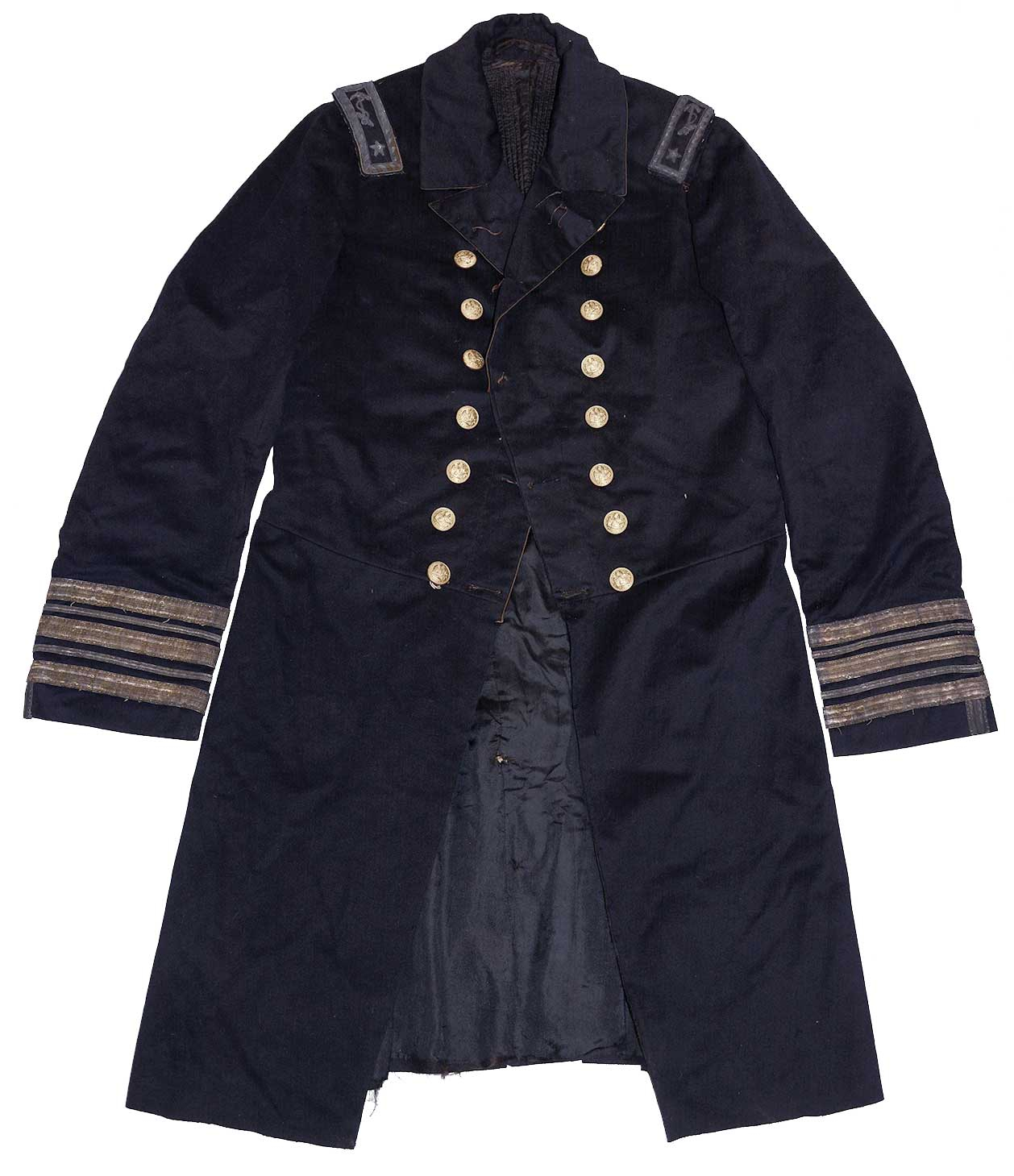
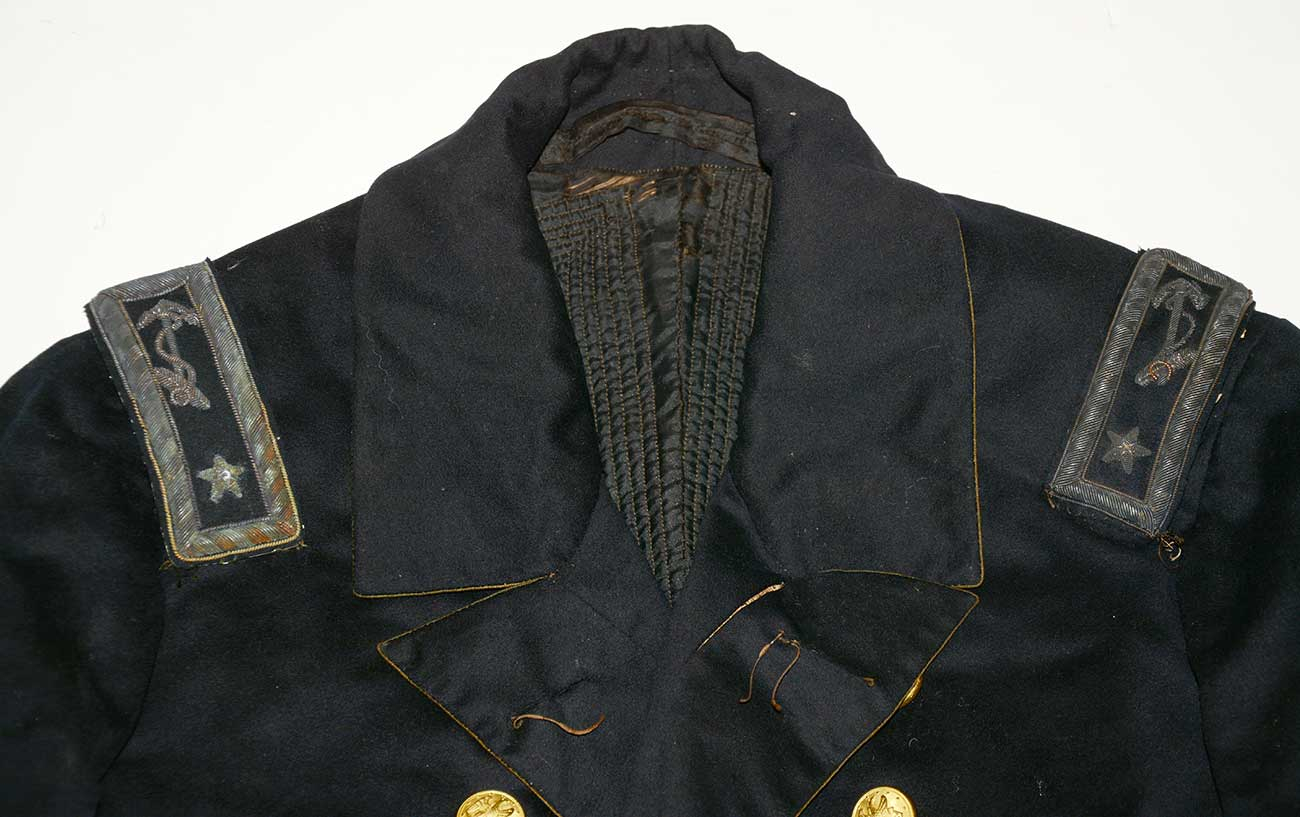
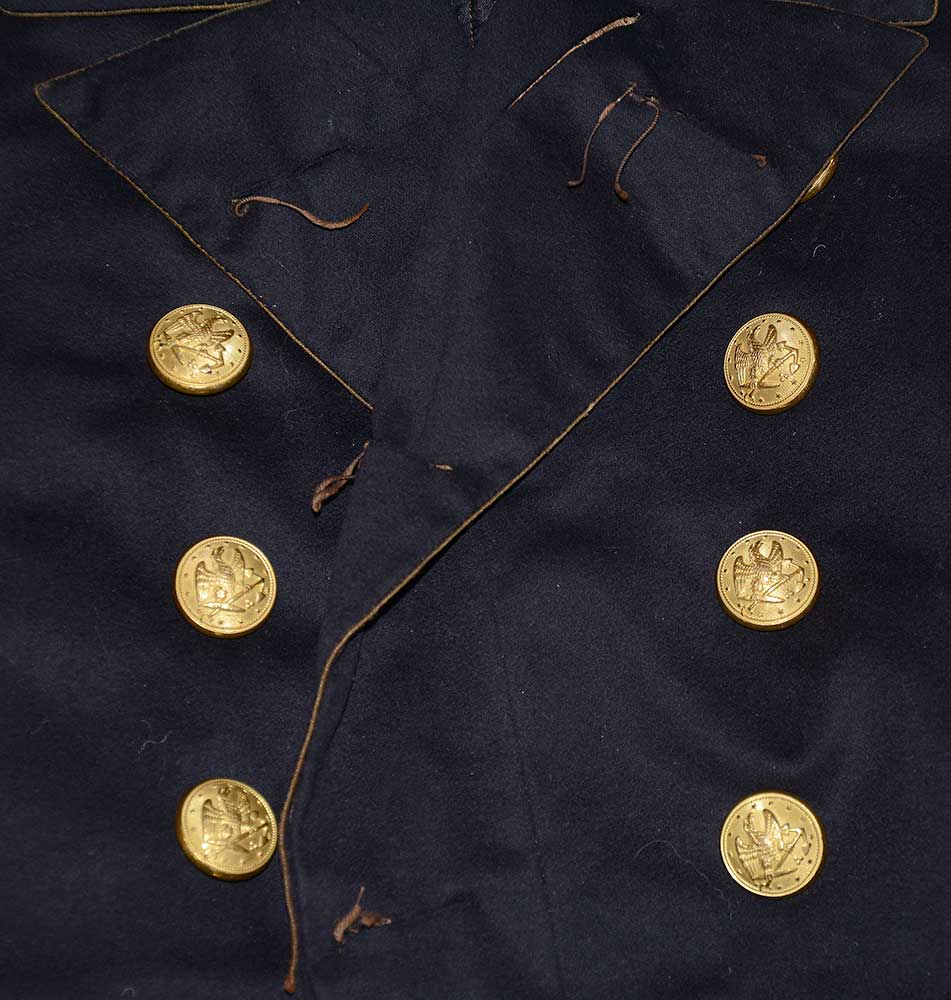
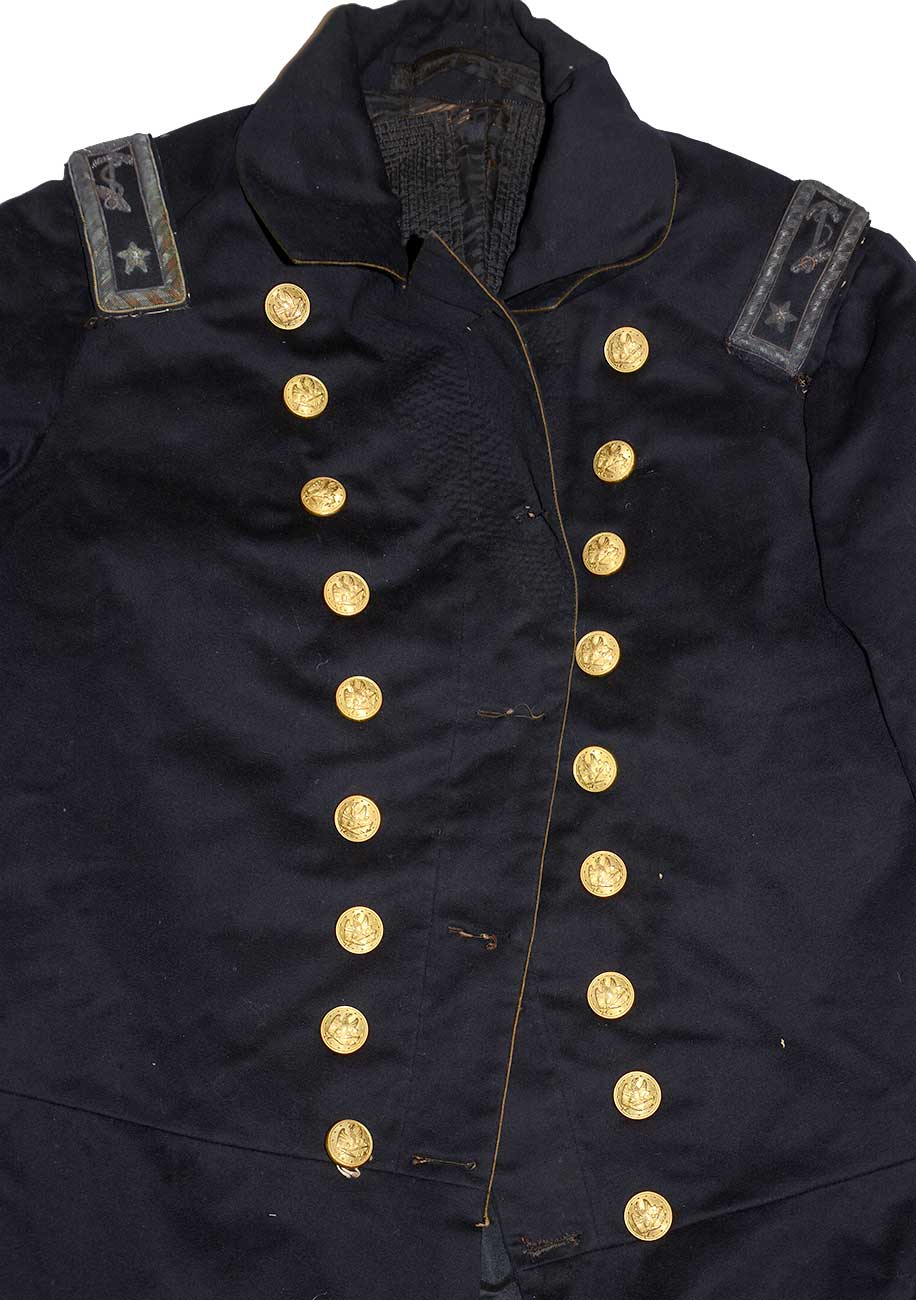
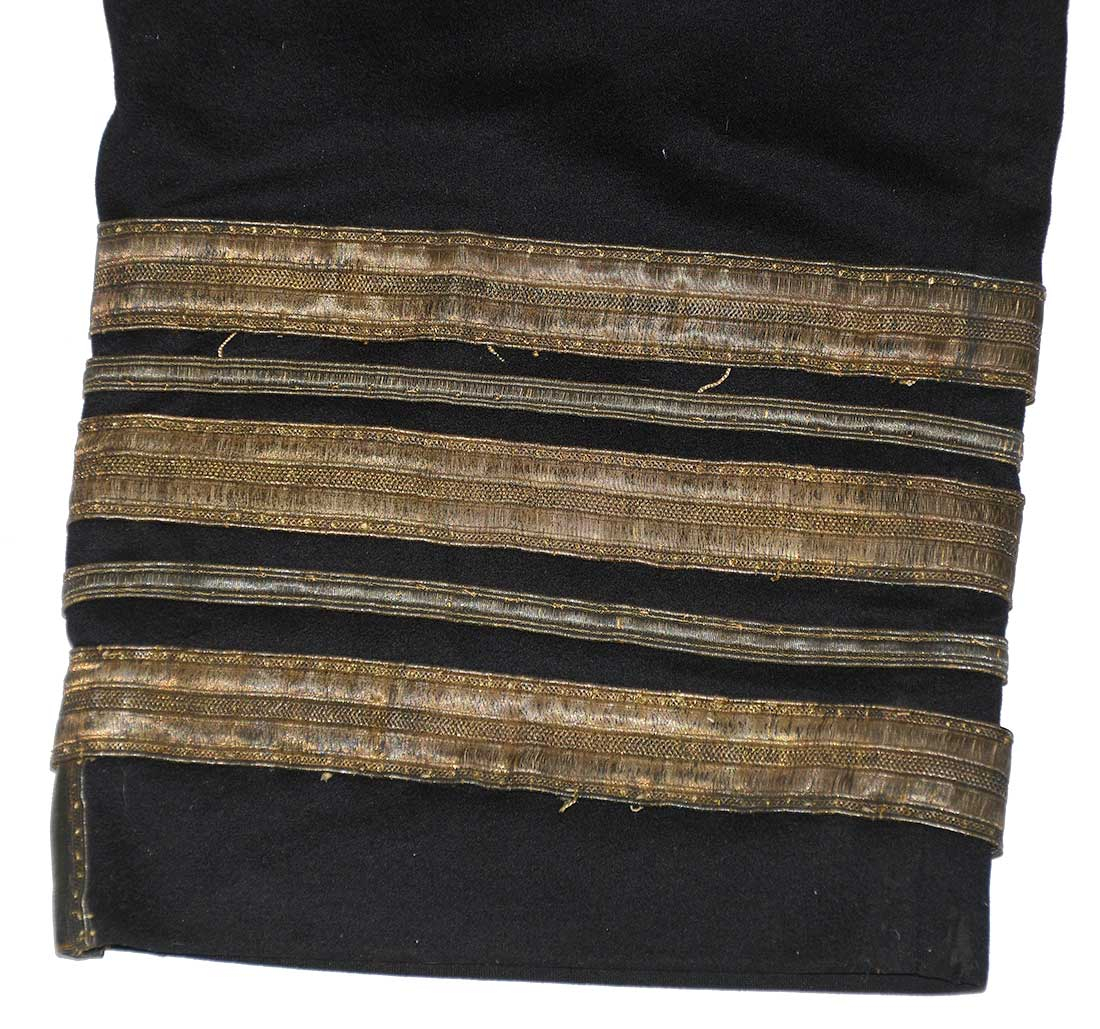
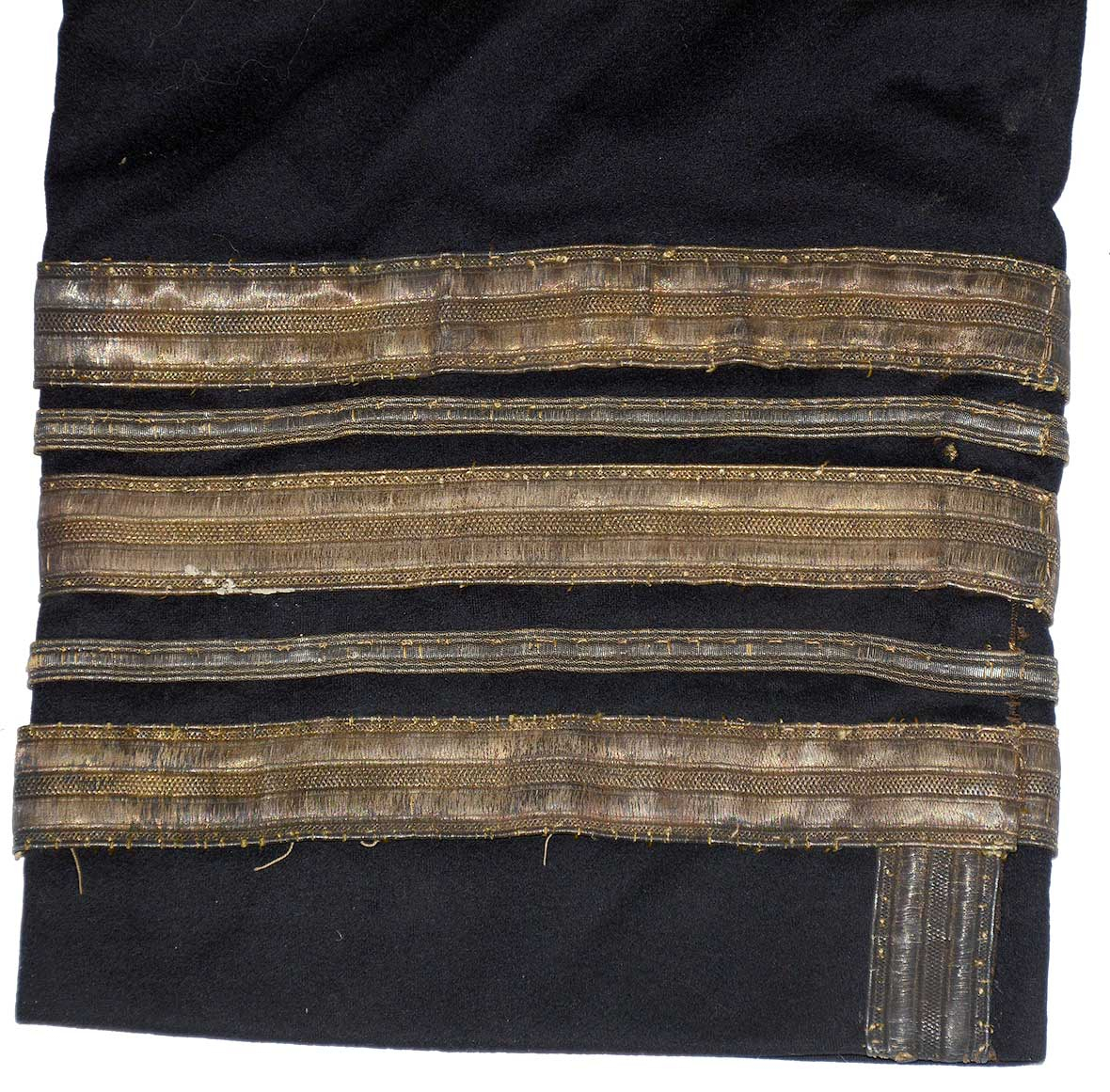
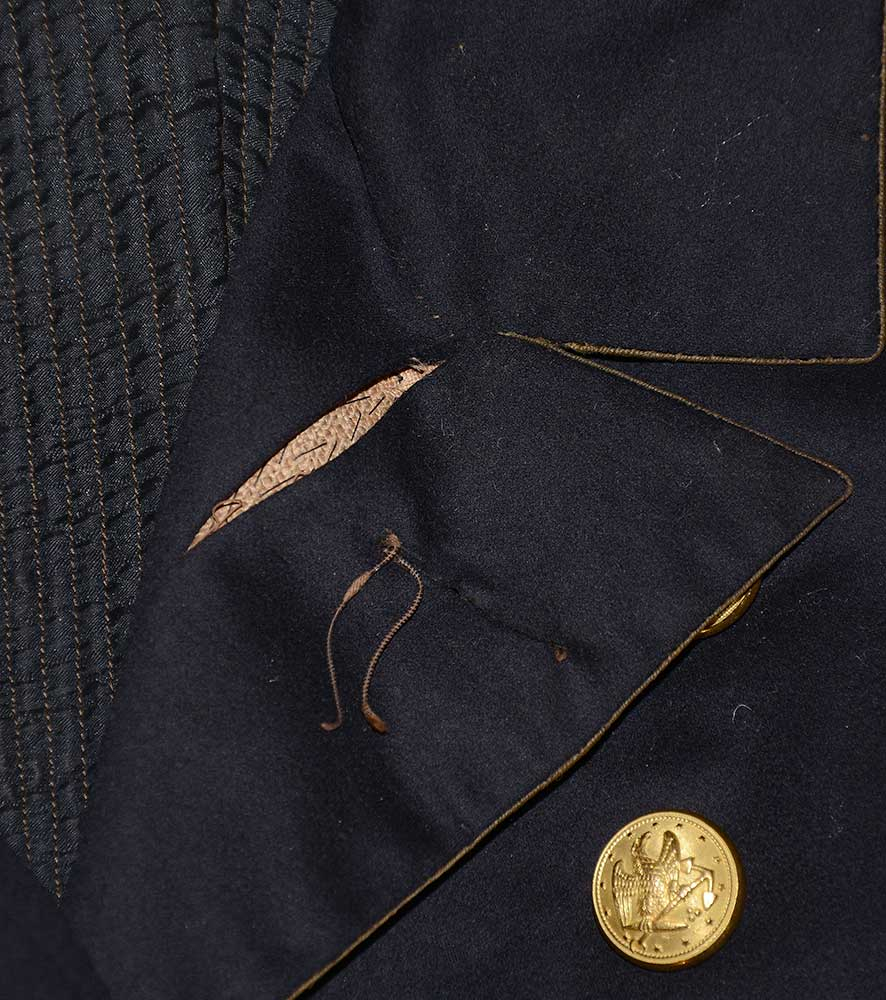
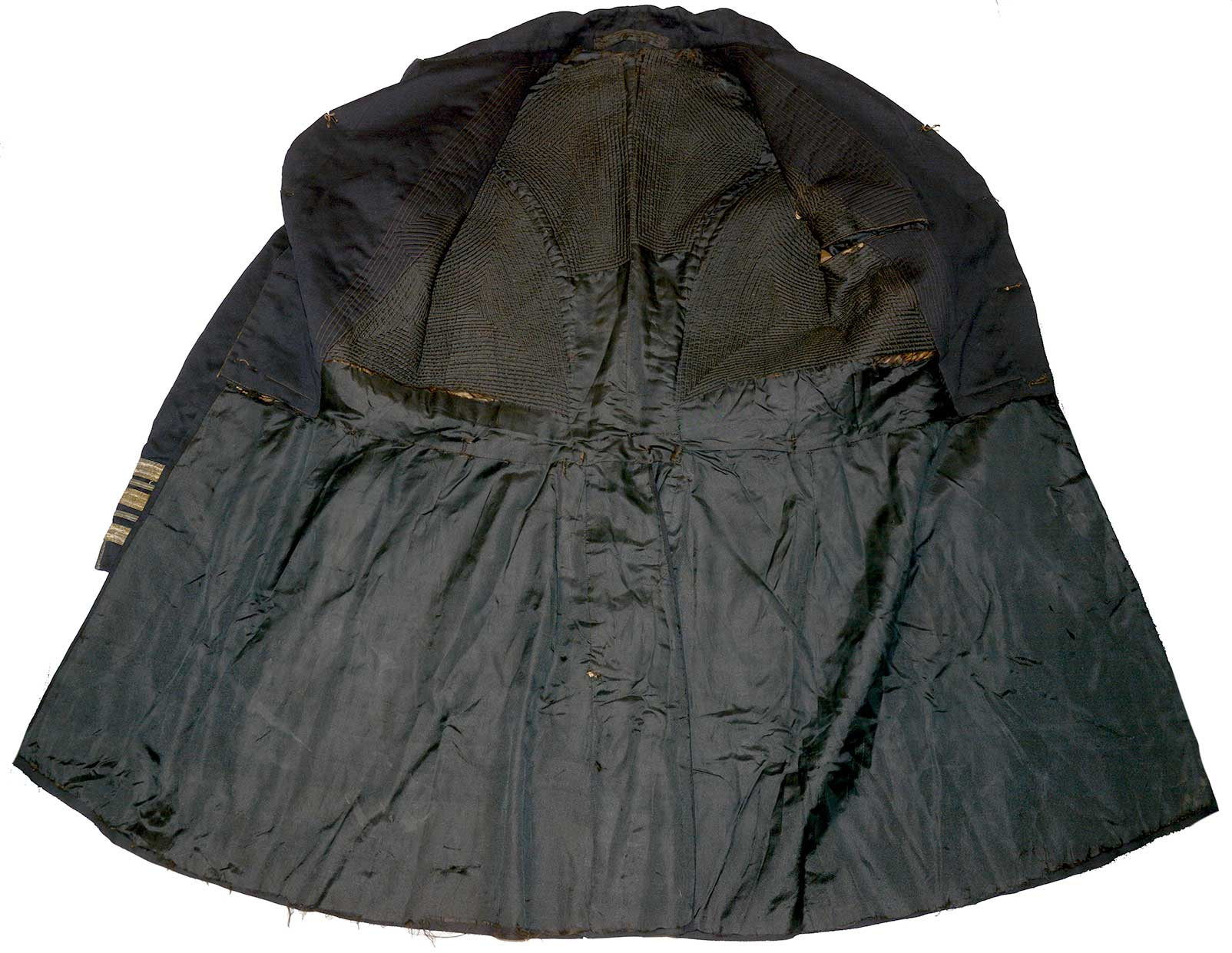
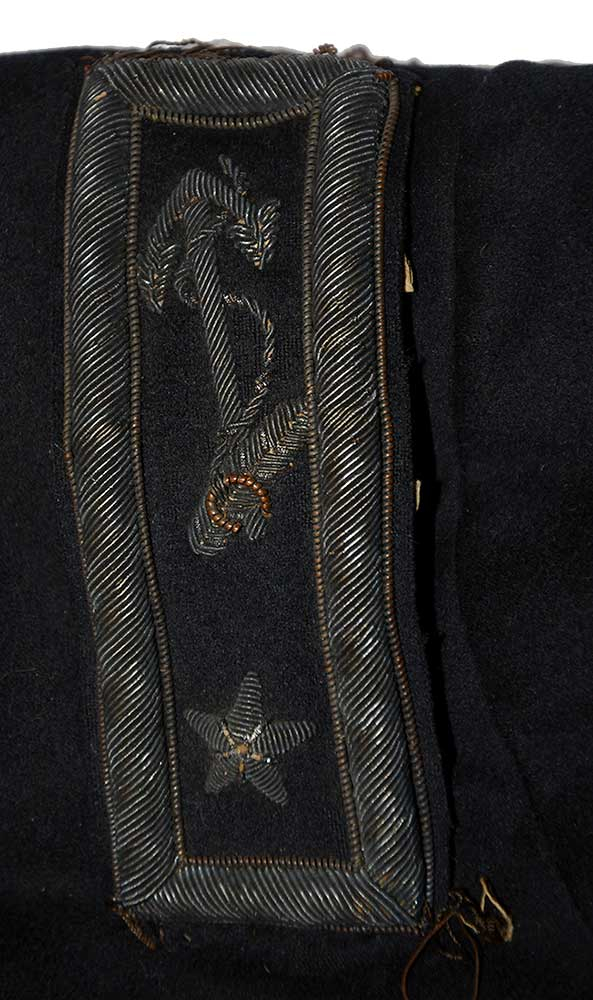
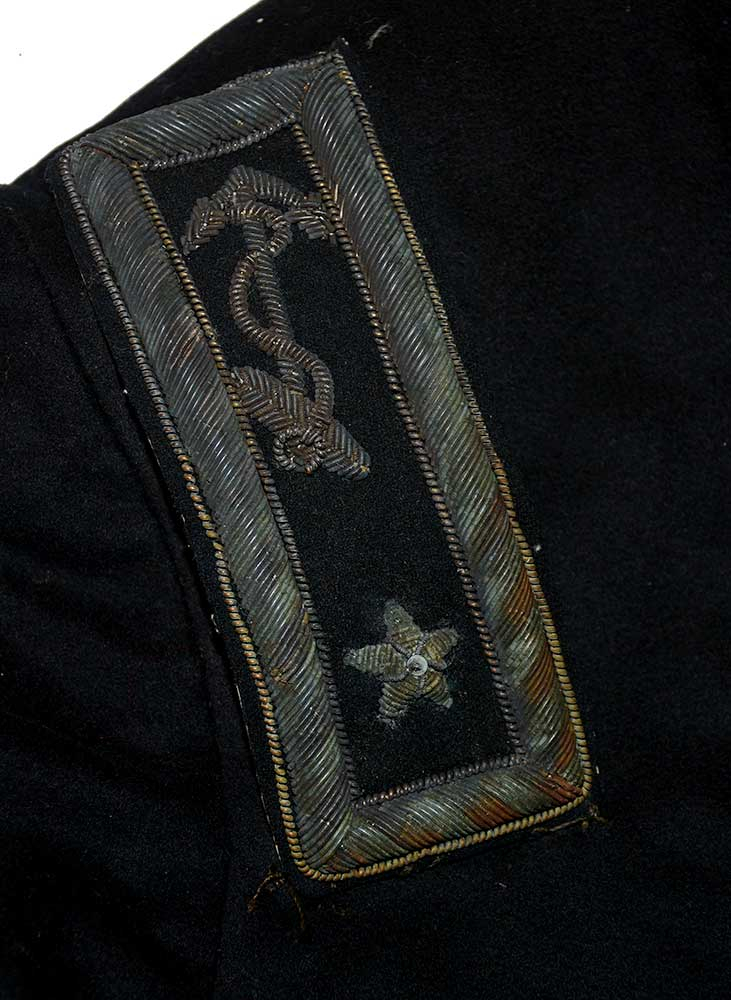
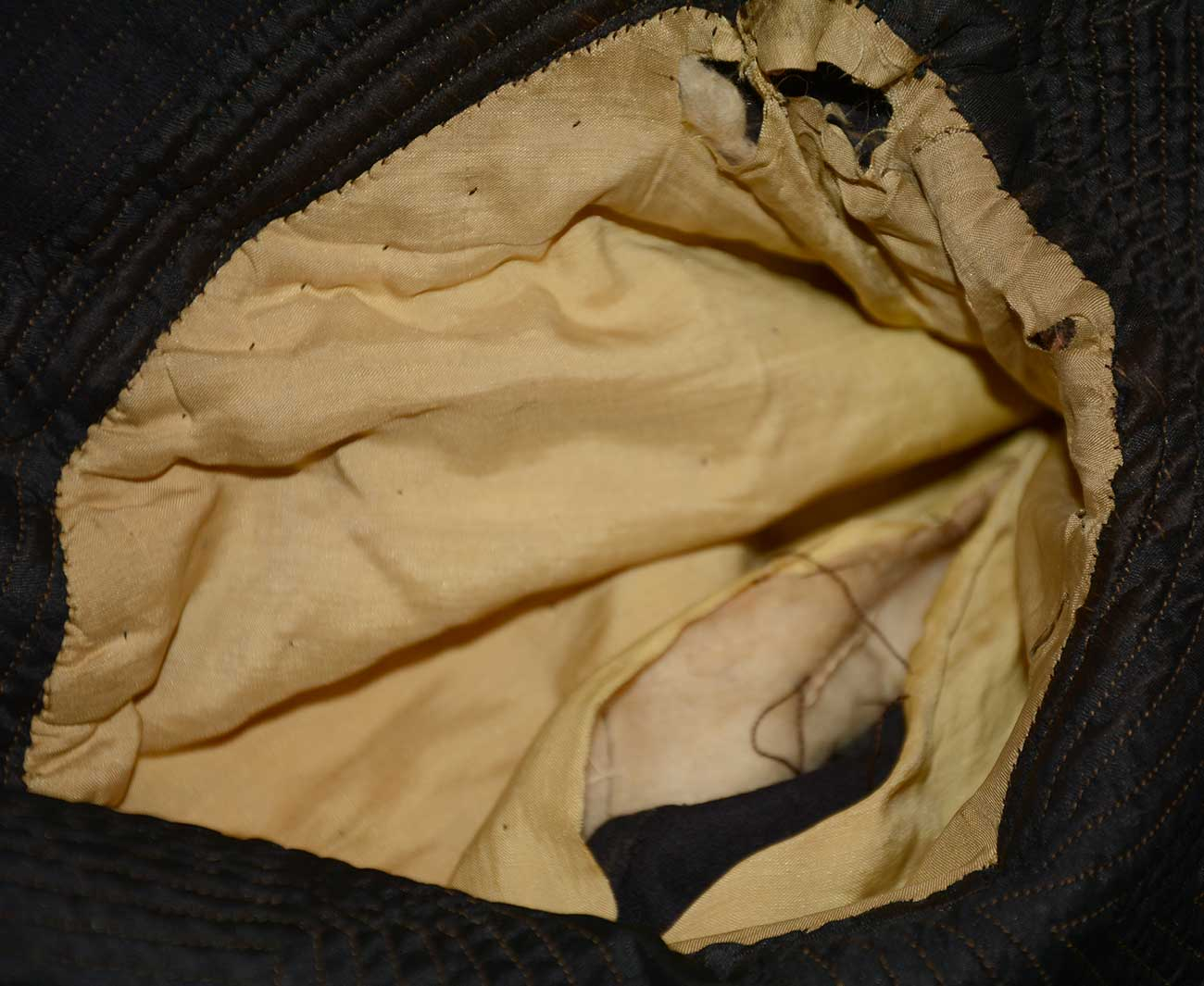
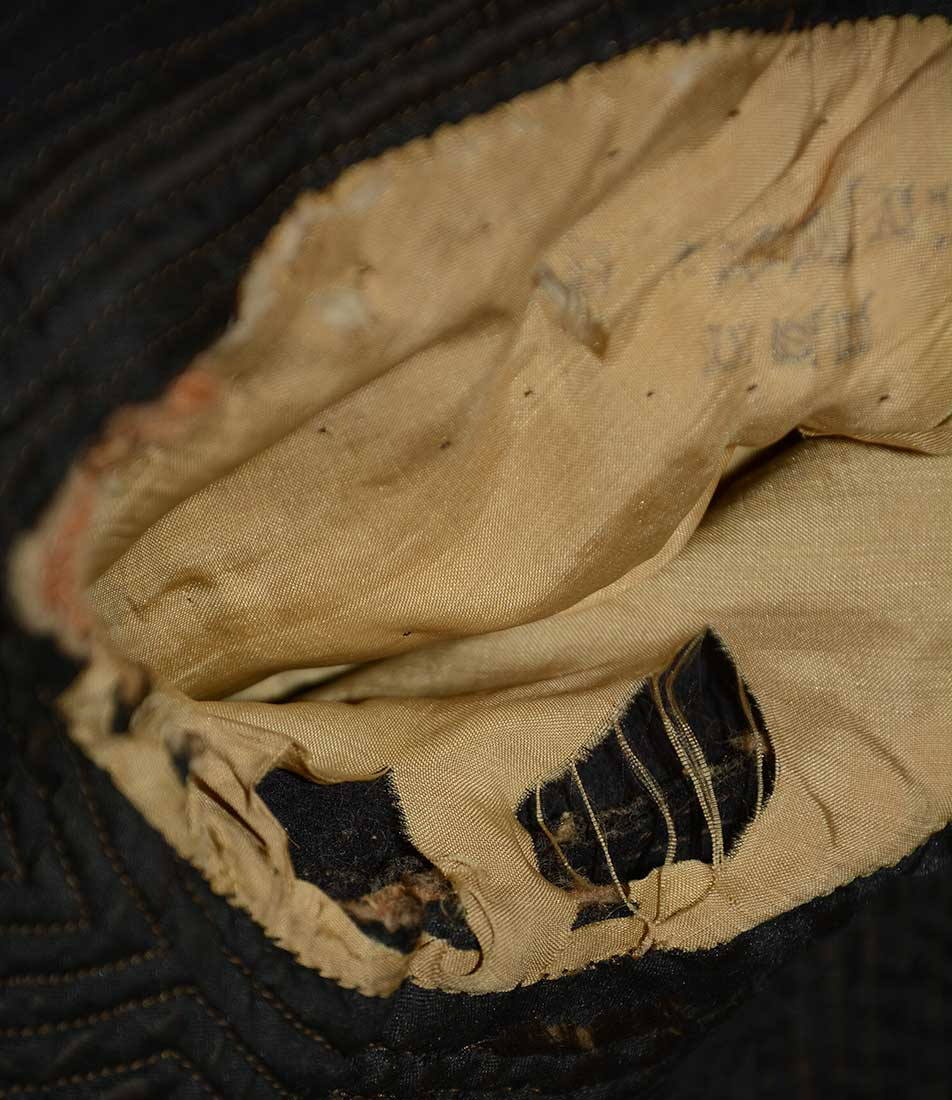
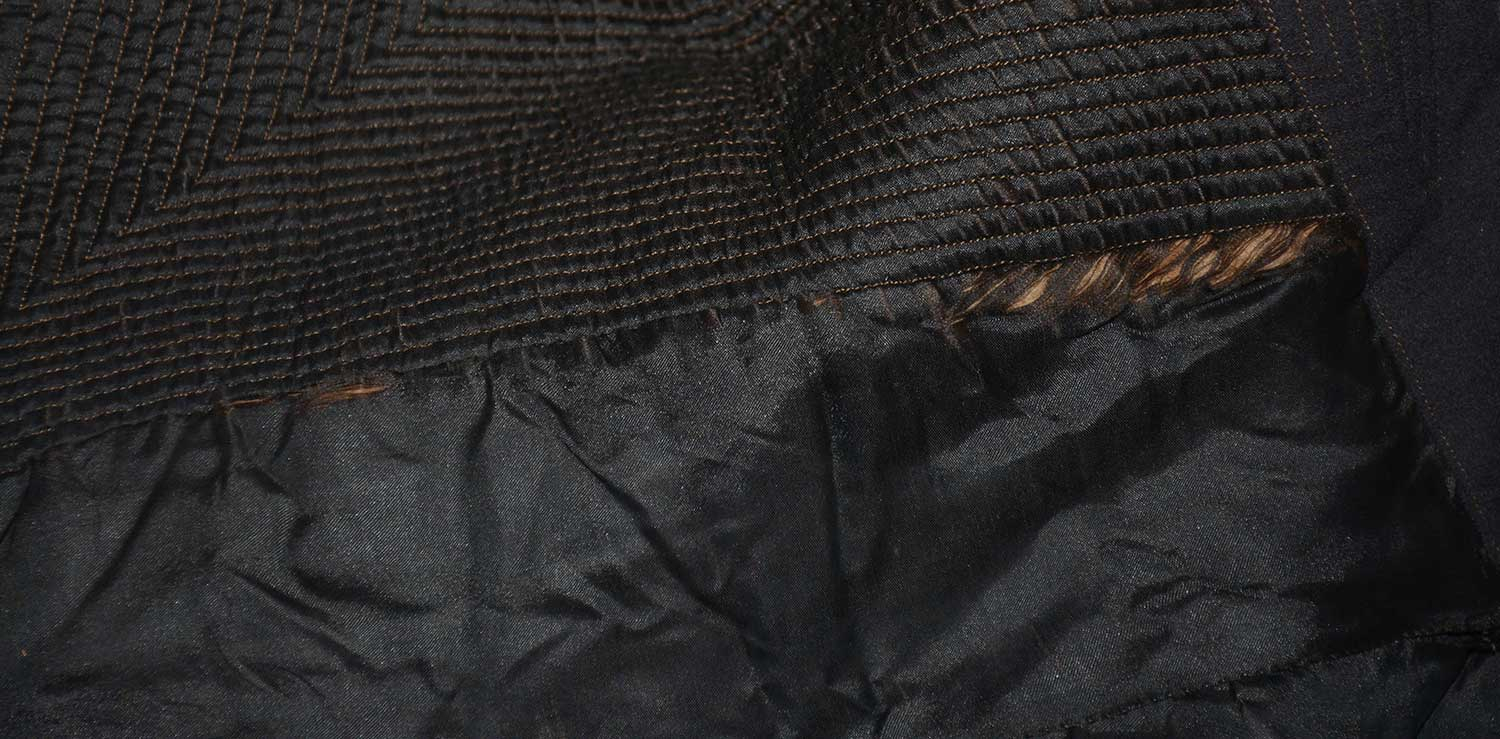
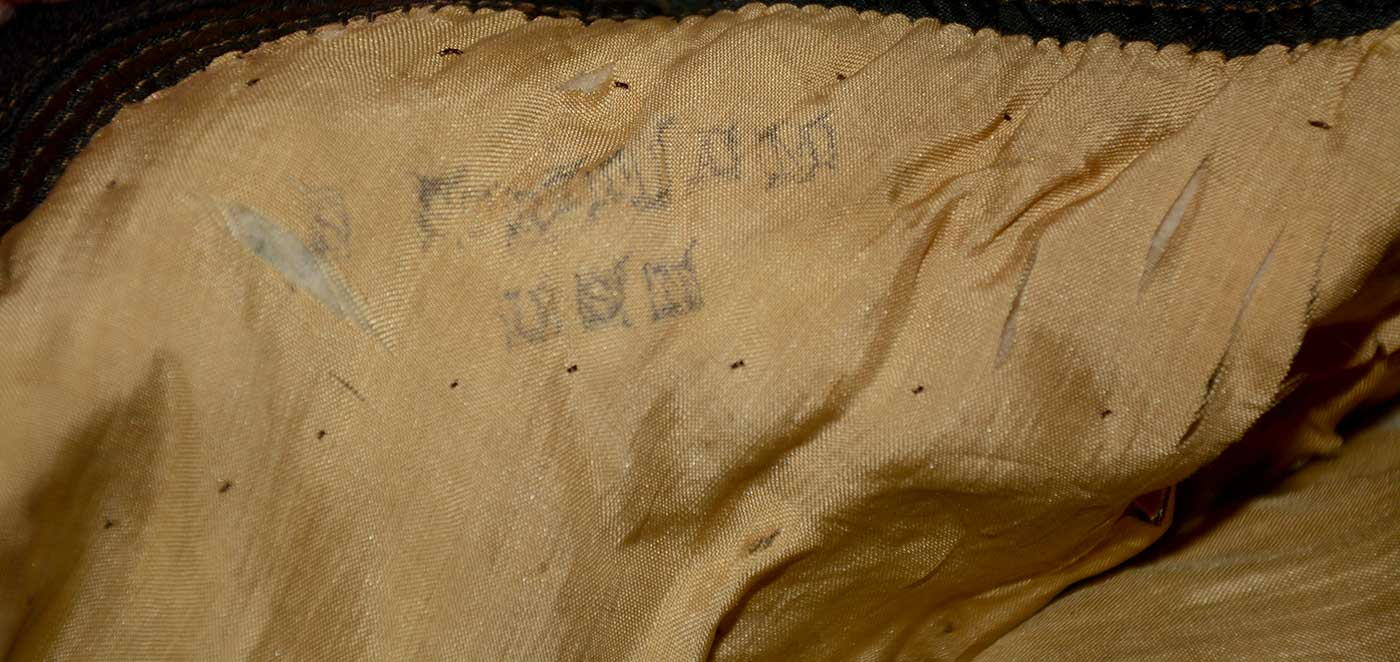
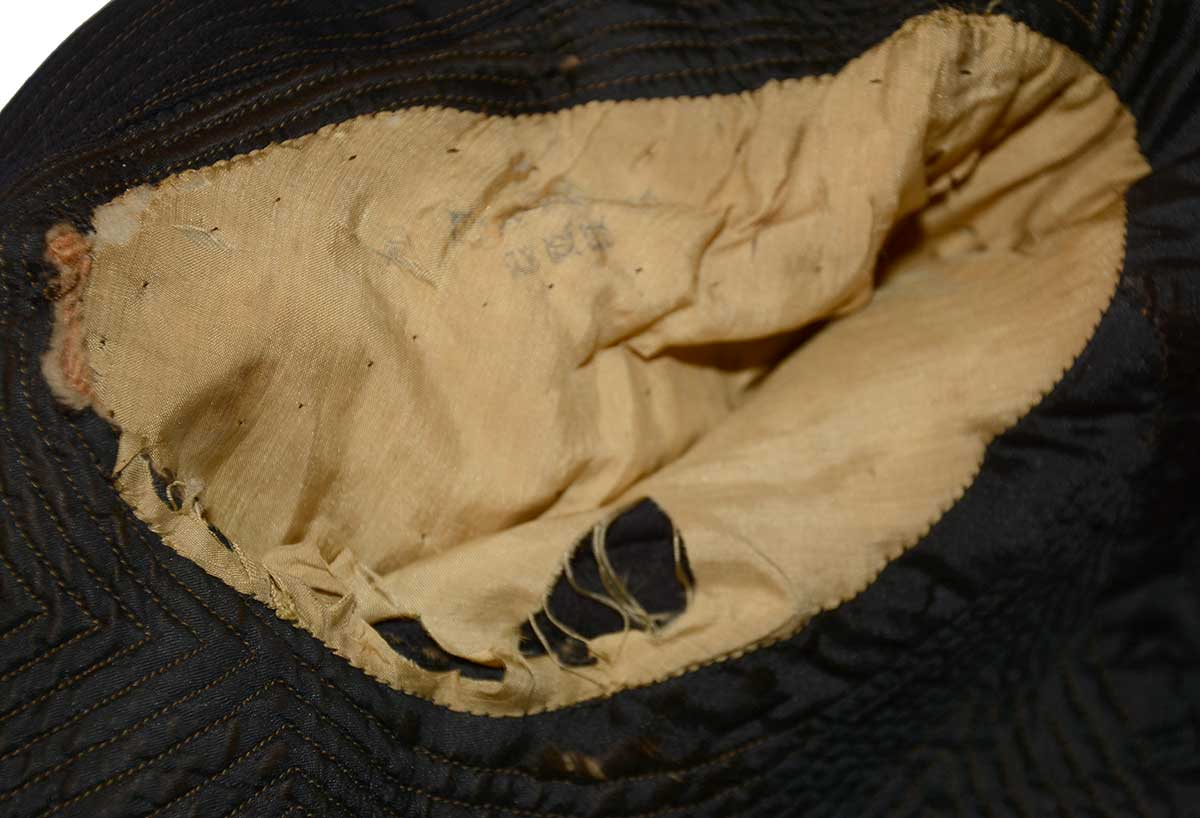

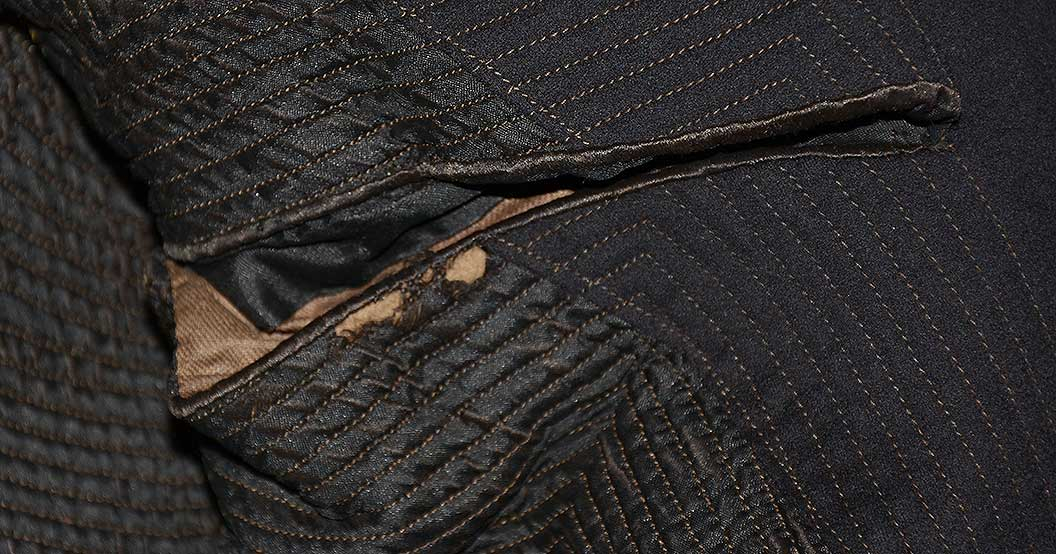
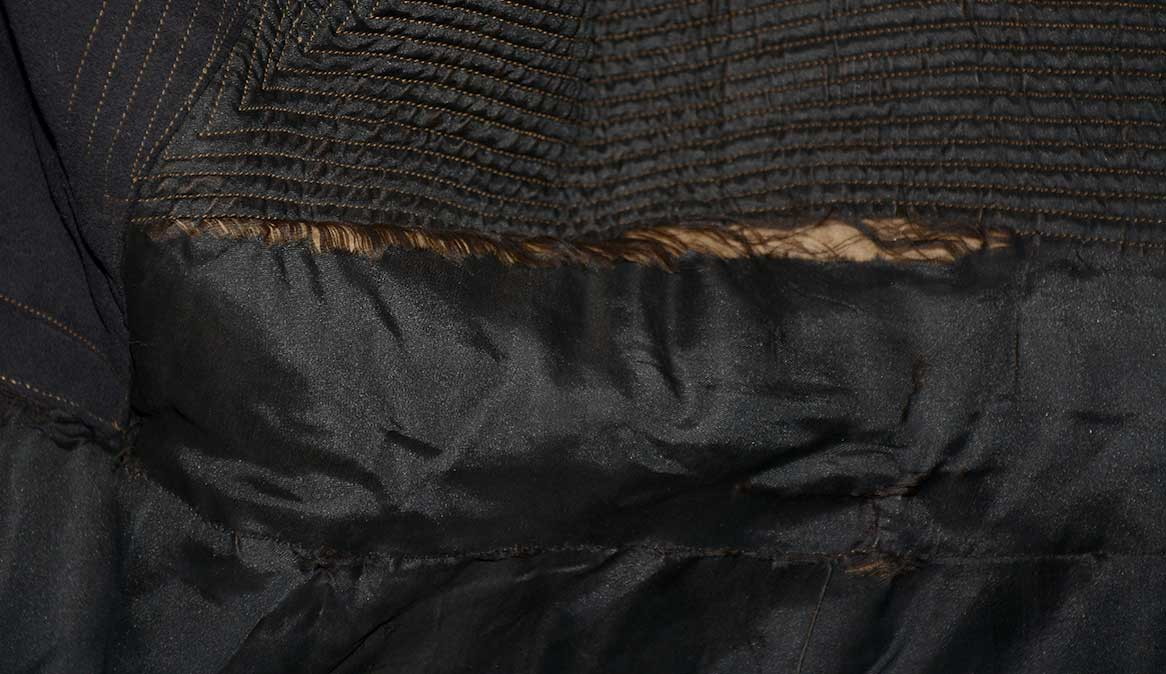
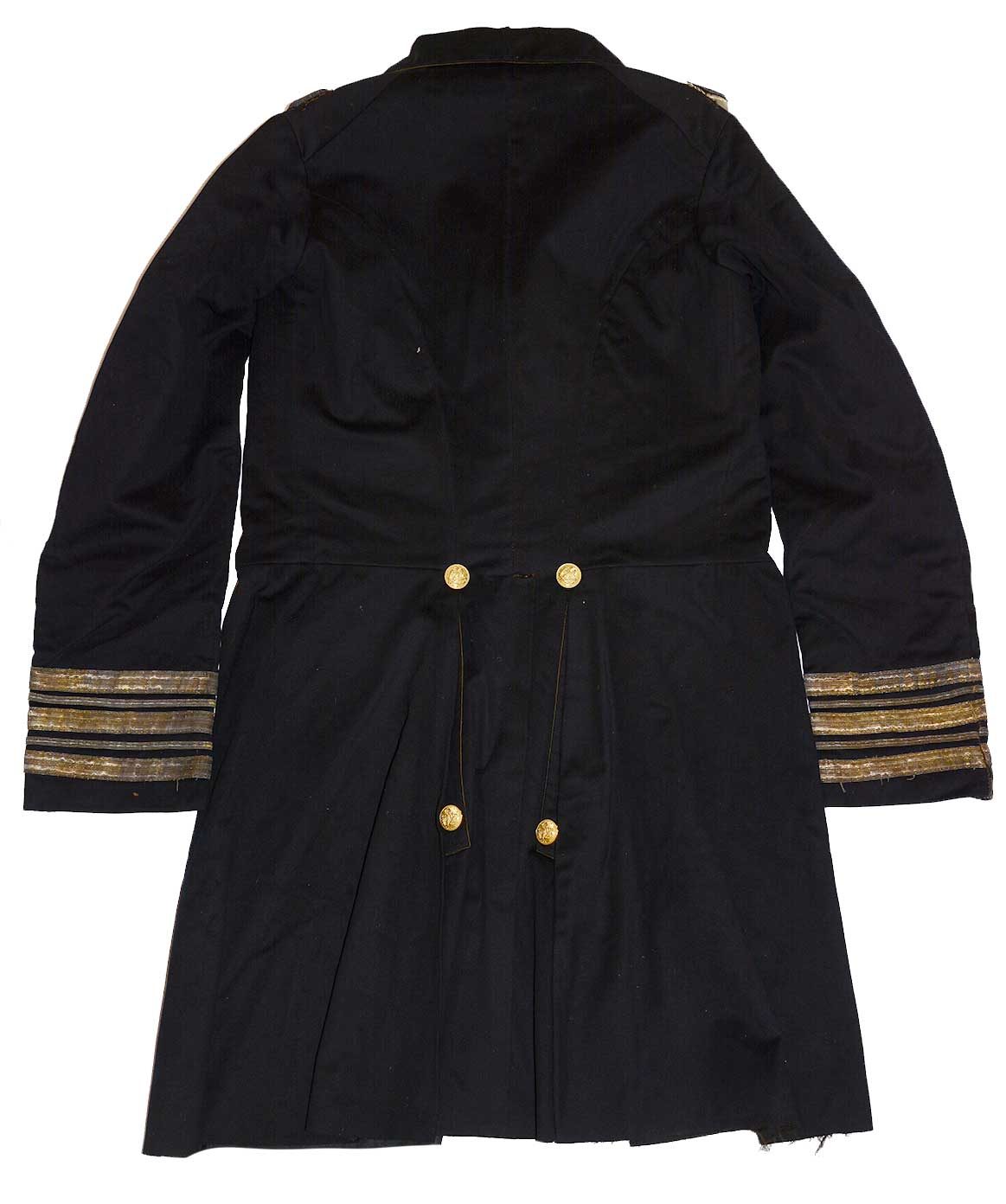
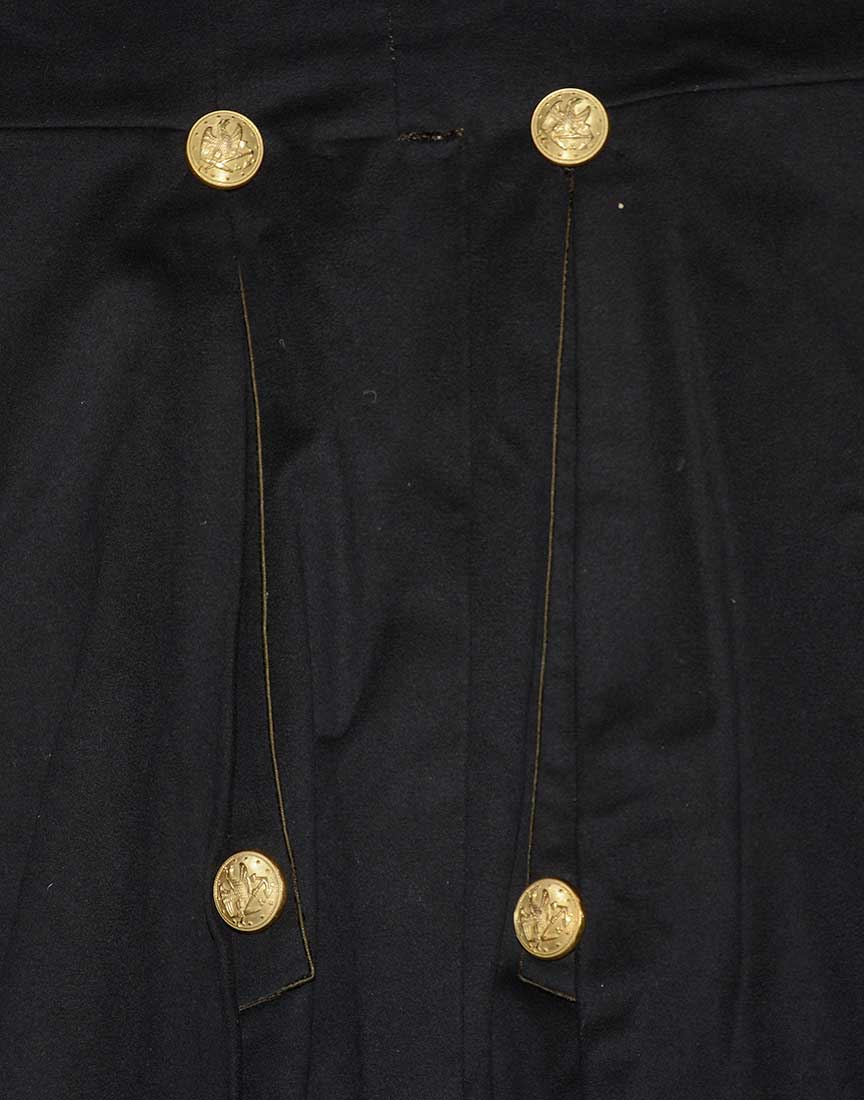
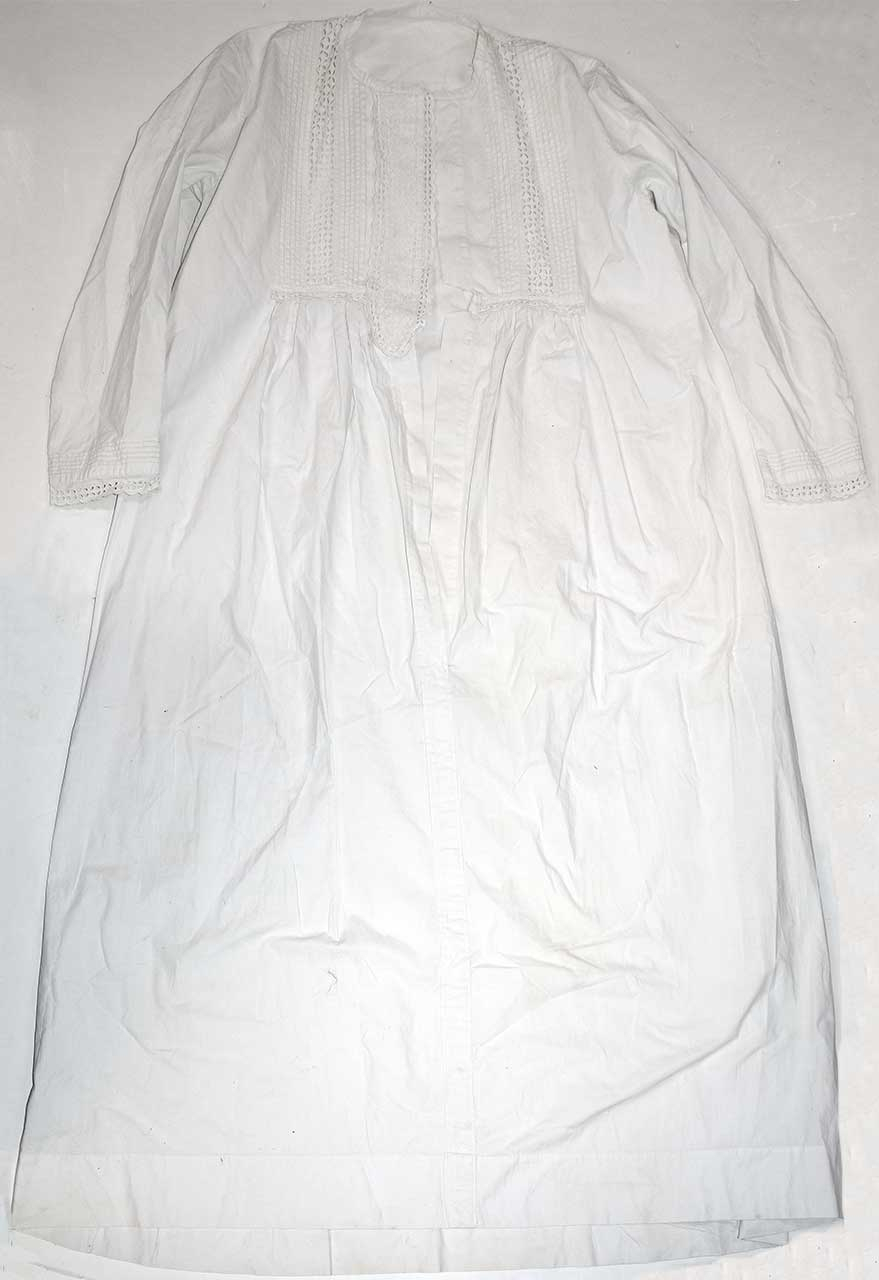
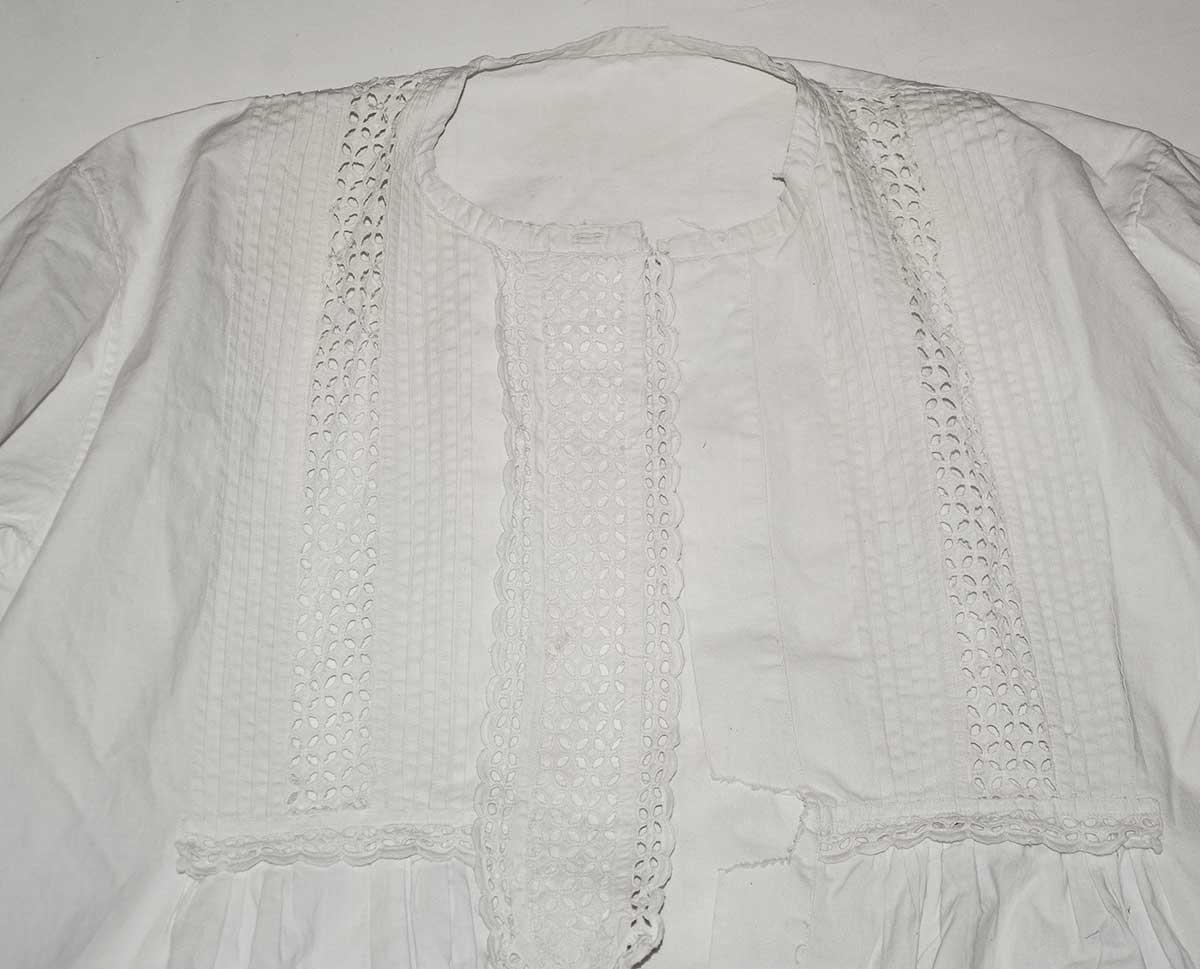
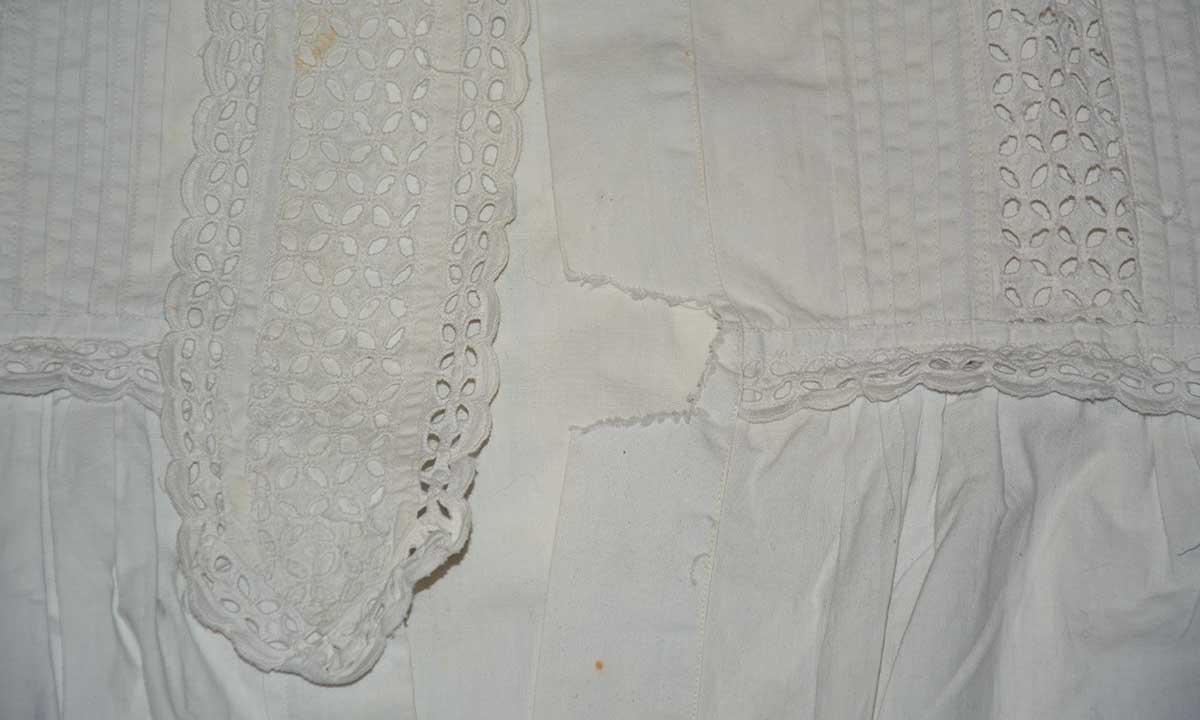
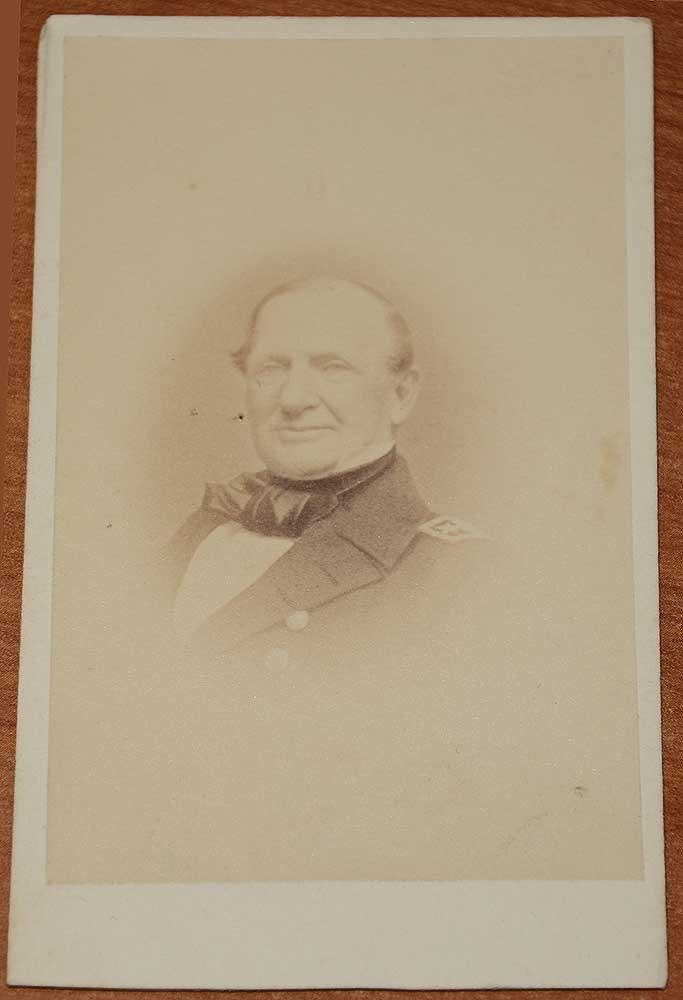
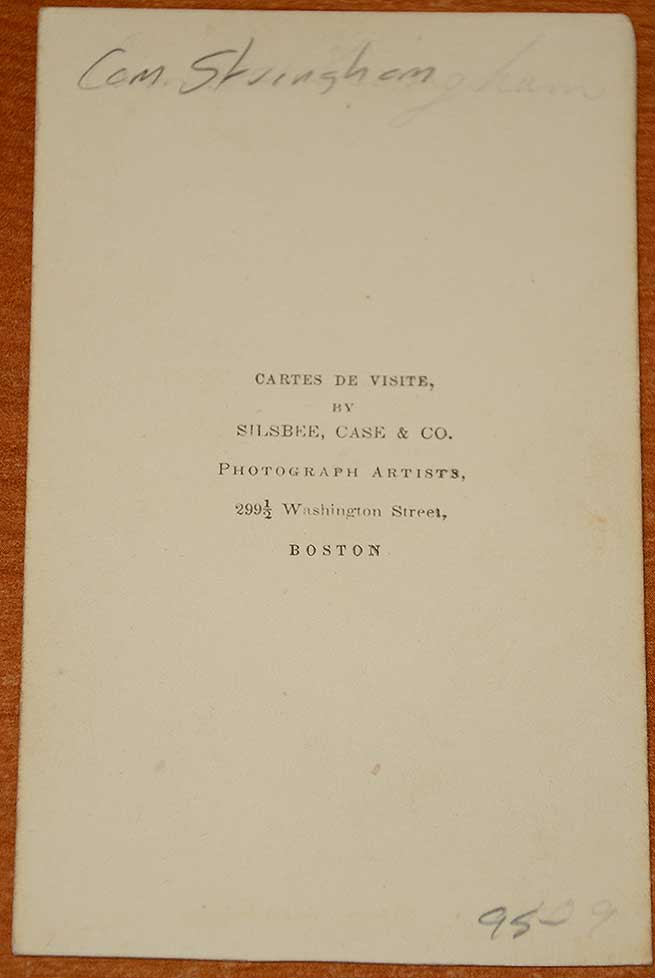
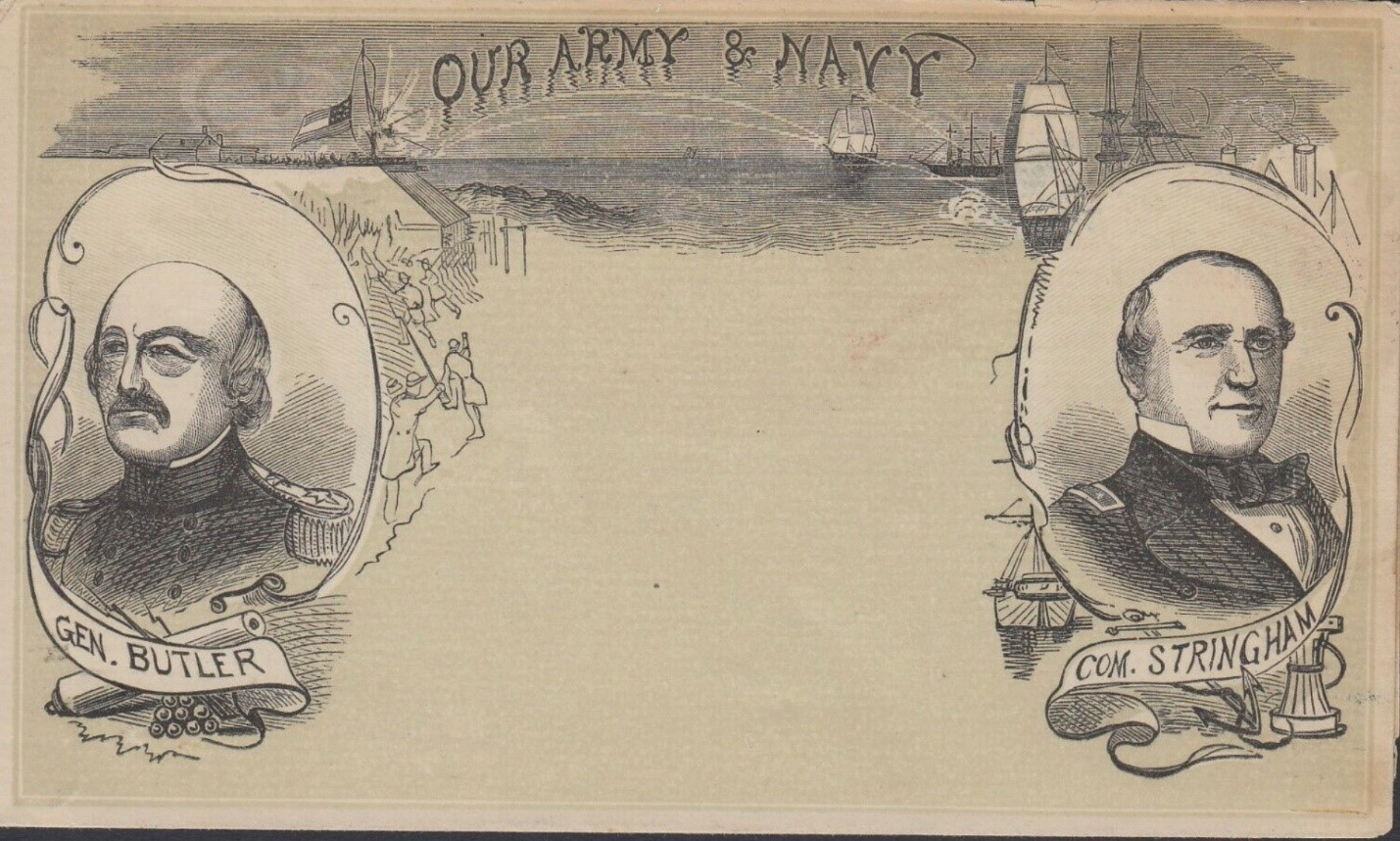
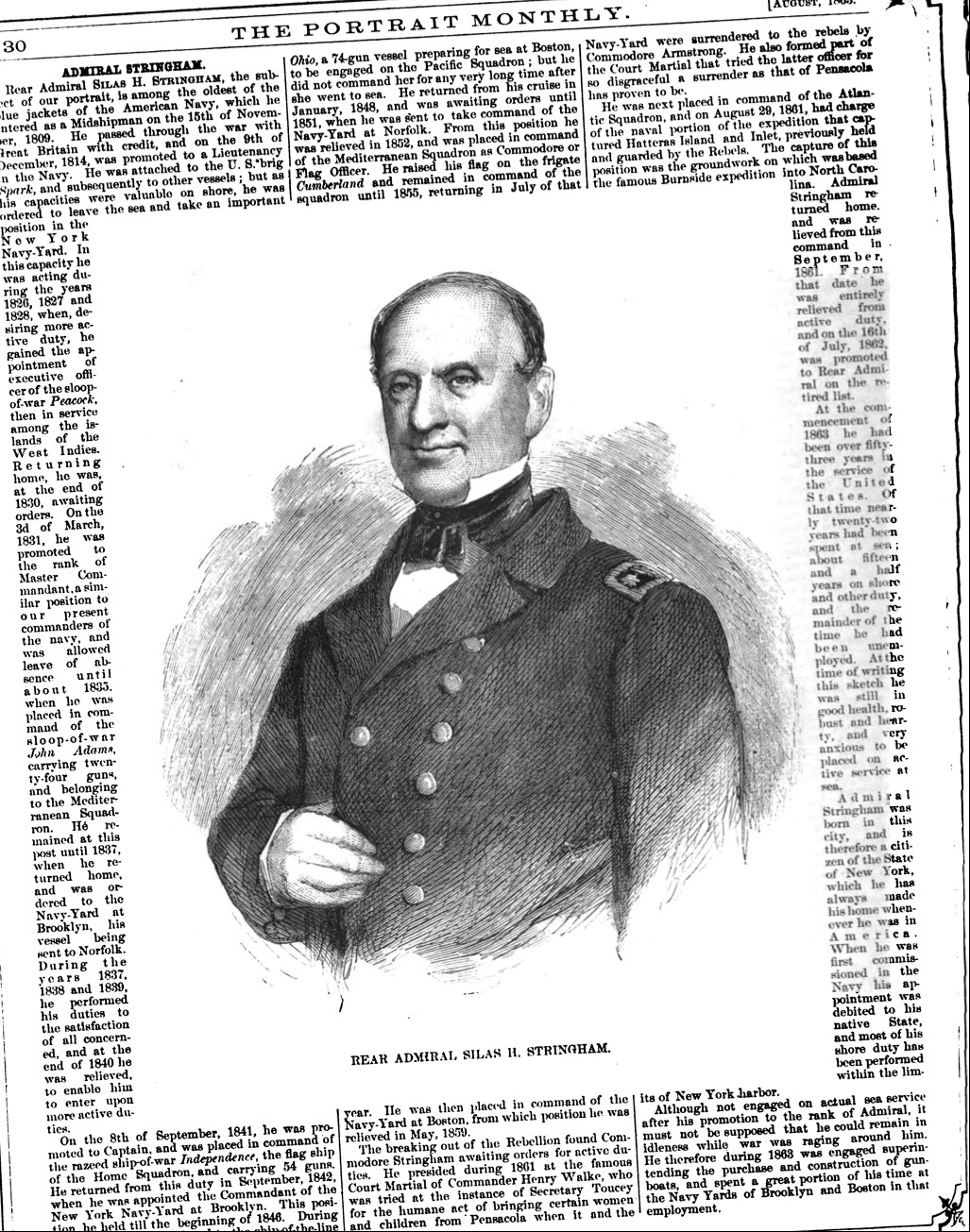
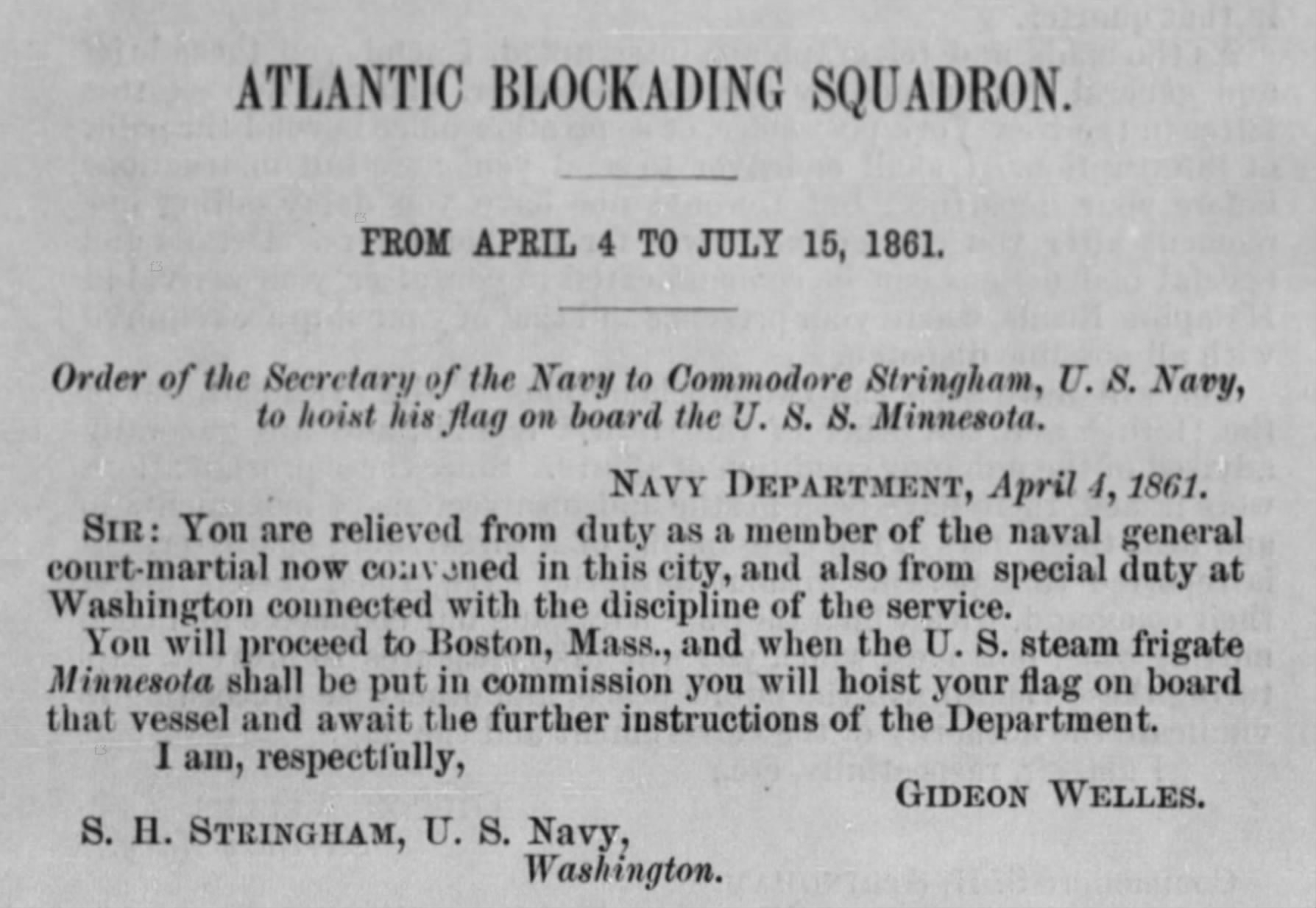
$12,500.00
Quantity Available: 1
Item Code: 1179-504
Shipping: Determined by Method & Location of buyer
To Order:
Call 717-334-0347,
Fax 717-334-5016, or E-mail
Fought on Aug. 28-29, 1861, little more than a month after the Union defeat at Bull Run, the capture of Forts Hatteras and Clark on the outer banks helped restrict Confederate blockade running, enabled further operations on the North Carolina coast, and was a boost for Union morale. Admiral David Dixon Porter summarized its importance in his Naval History of the Civil War: “This was our first naval victory, indeed our first victory of any kind, and should not be forgotten. The Union cause was then in a depressed condition, owing to the reverses it had experienced. The moral effect of this affair was very great, as it gave us a foothold on Southern soil and possession of the Sounds of North Carolina, if we chose to occupy them. It was a death-blow to blockade running in that vicinity, and ultimately proved one of the most important events of the war; and if we recall the pertinacity with which the Confederates fought for these Sounds, even to the end of the war, we can appreciate the value they placed upon them.”
We offer here the Civil War US Navy officer’s coat of Silas Horton Stringham, overall commander of the expedition, formerly in the collections of the Texas Civil War Museum. The shoulder straps and cuff stripes are those officially adopted for a commodore on July 16, 1862, a post ranking above a captain and below an admiral, signifying an officer commanding more than one ship, a position held by Stringham several times before the war and during the expedition, often subsumed under the broader title “flag-officer.” In April 1861 we find Secretary of the Navy Welles addressing him as Commodore and directing him to “hoist your flag,” on board the USS Minnesota at Boston.
The coat follows the lines of an officer’s undress coat, which replaced the full-dress coat in the wartime navy. It has flat collar and notched lapels, and is made from a very dark blue satinette, and is fastened by two rows of large US Navy officer buttons with SCOVILL MG Co./ WATERBURY backmarks, nine buttons in each row, but with spaced buttonholes only for five, indicating the coat was to be worn with the upper lapels open and only casually buttoned at the bottom. It is a fashion Stringham seems to have liked, for the CDV with the coat shows him wearing an officer’s frock coat open to show off a large black cravat and expanse of white shirt front, and an engraved portrait published in the “Portrait Monthly” of August 1863 that, from the button arrangement on the left, may show this very coat. The coat also has two buttons at the rear waist and one at the bottom of the exterior pocket openings in the tails of the skirts.
The fabric is solid. We see a very few scattered pencil point moth nips. The collar, and lapels are edged with a very narrow cord, certainly black originally, now oxidized to a light brown. This is in place on the collar and down the wearer’s right lapel, but is gone from the bottom of the left lapel up to about the fifth button, which has opened up the edge seam of the lapel slightly. This seems to have happened from wear and use, and has happened to the narrow cording on the edges of the buttonholes as well. The cuff braid is in place, consisting of three broad bullion stripes with narrower stripes between. These are just slightly muted in color, with the broad stripes showing gold and the narrow stripes showing slightly silver. This is the 1862-64 cuff insignia for a commodore and corresponds to the shoulder straps, which have alternating dead and bright bullion borders edged with jaceron wire and rank insignia consisting of a raised five-pointed star at the front and a long fouled anchor set with the flukes at the rear. The bullion on the straps has largely oxidized to a silver gray, but is in place with no fraying and the jaceron wire shows some gilt. The ground is a very dark blue wool, matching the coat. Stringham may also have worn this coat earlier with his substantive rank of captain, using only different shoulder straps and placement of the three wide bullion stripes: we note there is a short vertical bullion stripe from rear cuff edge to the lowest broad horizontal stripe on each cuff. This shows up on the 1852-1862 full dress cuff of a captain, but not in the 1862 cuff stripes.
The interior is fully lined in black silk shading slightly toward green in the skirts. The chest, upper back, and sides are very finely quilted. A hanging tab is in place at the back of the neck. We see just a short line of wear to the lining just below this extending to the right shoulder. There is a single pocket in the left breast. The sleeves are lined in a simple white fabric, now off-white, showing some wear and small holes in the armpits, but all there and firmly in place. Aside from the line of wear to the lining at the base of the collar at rear we see only narrow lines along the bottom of the quilted sections on the sides where the lining transitions to plain silk rather than quilted. This would be at waist level and a natural point of contact. These lines expose a little of the padding underneath, but are not wide and do not seem in danger of expanding unless roughly handled.
Stringham was born November 7, 1798, entered the navy as a midshipman on November 15, 1809, was on the frigate President in the engagements with HMS Little Belt in 1811 (before the War of 1812 officially started) and with HMS Belvidera in 1812, and was commissioned lieutenant December 9, 1814. He served on the Spark in the Mediterranean in 1815-18, and in 1819-21 on the Cyane along the coast of Africa, bringing home four slavers as prize-master. He was executive officer of the Hornet, suppressing piracy in the West Indies, in 1821-24 and was commissioned commander, March 3, 1831, and captain, September 8, 1841. He was commandant of the New York navy-yard in 1844-46 and in 1847 took part in the bombardment of Vera Cruz. He was in charge of the Norfolk navy yard in 1848-52, and 1853-56 commanded the Mediterranean squadron as commodore, returning home to take charge of the Boston navy yard in 1856-60.
In early 1861 he was in Washington, urging the early relief of Fort Sumter in vain. Southern newspapers thought he was on the way to seal off the mouth of the Mississippi, but he was given command of the North Atlantic blockading squadron and planned the expedition, the first combined army and navy operation of the war, to Hatteras Inlet. He commanded some seven warships along with auxiliary vessels and transports carrying 800 infantry under Ben Butler. Many of the infantry, along with some sailors and marines were landed through the surf near Forts Clark and Hatteras, but were too weak to assault the forts directly. Stringham carefully drew up most of his vessels out of range Confederate guns, kept them moving in an ellipse to keep up a continuous fire and present only a moving target, eventually bombarding them into surrender with loss of only a few wounded to his own forces and capture of several hundred Confederates, with quantities of guns and stores. The forts were then garrisoned by Union troops and the expedition returned. Stringham received congratulations from Secretary of the Navy Welles and public acclaim, but soon after requested relief from active duty on account of age, but many think from unmerited criticism for not closing to shorter range, despite the deep draft of his ships, reducing the forts more quickly, or continuing on along the coast, despite having orders to return.
This criticism is said to have influenced his decision to retire from active service, which he did as of December 21, 1861, pleading age, but continued to serve even though on the retired list, as commandant of the Boston Navy Yard 1862-65 and port-admiral of New York 1870-72, even being on waiting orders when he died in 1876. He is still referred to as both captain and as commodore into July 1862. The new commodore insignia was officially adopted July 16, though perhaps in use earlier. In any case, Stringham was officially promoted to rear-admiral also as of July 16, but Lincoln did not sign his commission until July 30, confirming Stringham’s obituary, which dated the promotion to August, likely when Stringham got confirmation. This provides a tight window for the insignia, though the coat itself shows some wear and very likely saw use earlier.
With this coat is a very long, white nightshirt with short, banded collar, and pleated and crochet lace chest panel and cuffs. This is open to about the waist and was closed at the lower chest by single small button has torn out, taking with it a 1” square from wearer’s left lapel, but this is concealed when displayed by the overlap of a wide central crochet strip. We see no other damage or stains and it is in very good condition.
Accompanying the two pieces is vignetted bust shot CDV of Stringham backmarked by Silsbee, Case & Co., Boston, with no tax stamp. Stringham is shown with a slight smile, with his uniform coat open at the breast showing a large black cravat and white shirt front. He is turned slightly to his right. We can clearly make out the star at the front of his left shoulder strap and something behind it, likely an anchor, though we can’t be certain whether it is a commodore’s or rear admiral’s strap, which shortened the anchor slightly and added a second star to its rear.
As a final note, Stringham’s engraved portrait in the “Portrait Monthly” calls him a rear admiral, but the strap visible is similarly ambiguous and the sleeve stripes are not visible, indicating the original image on which it is based, may actually show him in this coat as commodore. On his right the edge of one button is visible behind his index finger, with his thumb tucked in the lapel, but there is a large gap above and below with no sign of buttonholes on the edge of the lapel, very much like this coat. [sr] [ph:L]
~~~~~~~~~~~~~~~~~~~~~~~~~~~~~~~~~~~
THIS ITEM, AS WITH ALL OTHER ITEMS AVAILABLE ON OUR WEB SITE,
MAY BE PURCHASED THROUGH OUR LAYAWAY PROGRAM.
CLICK HERE FOR OUR POLICIES AND TERMS.
THANK YOU!
Inquire About CIVIL WAR COMMODORE’S UNDRESS FROCK COAT OF SILAS H. STRINGHAM, USN: LEADER OF THE FIRST COMBINED OPERATION OF THE UNION NAVY AND ARMY IN THE CIVIL WAR; VICTOR OF THE BATTLE OF HATTERAS INLET BATTERIES
Most Popular
Historical Firearms Stolen From The National Civil War Museum In Harrisburg, Pa »
Theft From Gravesite Of Gen. John Reynolds »
Selection Of Unframed Prints By Don Troiani »
Fine Condition Brass Infantry Bugle Insignia »
Large English Bowie Knife With Sheath 1870’S – 1880’S »
Imported (Clauberg) Us Model 1860 Light Cavalry Officer's Saber »
featured item
THE FROCK COAT AND SASH OF COLONEL WILLIAM McCOMB, 14TH TENNESSEE INFANTRY – WIA SHARPSBURG & CHANCELLORSVILLE
William McComb was a Pennsylvanian by birth. At the age of 26 he moved to Tennessee here he engaged in business. When the Civil War began he enlisted in the 14th Tennessee Infantry soon rising to a 2nd Lieutenant. He fought at Cheat Mountain in 1861… (1268-047). Learn More »


